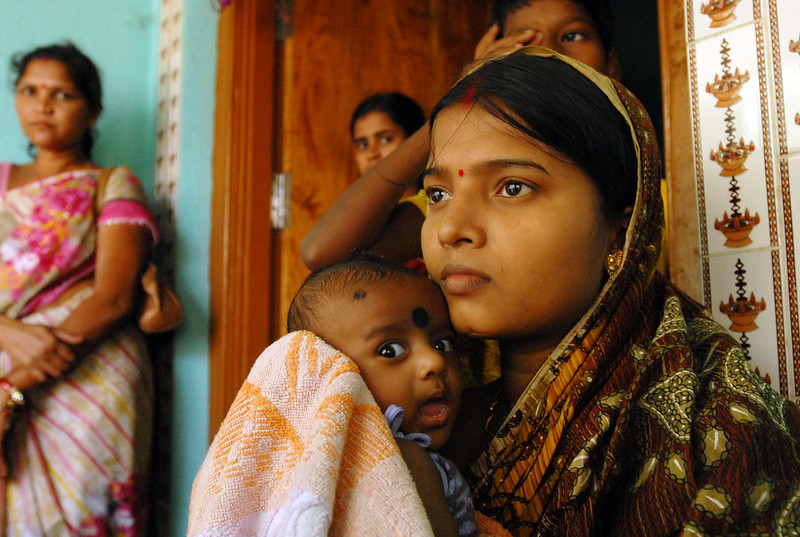 In India, a country of about 1.4 billion people, poverty remains an enduring and multifaceted challenge. The complexities associated with poverty and its intersectionality have been vividly documented and explored over the years through the lens of literature. By immersing the reader into the world of poverty and presenting its challenges firsthand, books on poverty provide a comprehensive understanding of its multifaceted nature while concurrently fostering awareness.
In India, a country of about 1.4 billion people, poverty remains an enduring and multifaceted challenge. The complexities associated with poverty and its intersectionality have been vividly documented and explored over the years through the lens of literature. By immersing the reader into the world of poverty and presenting its challenges firsthand, books on poverty provide a comprehensive understanding of its multifaceted nature while concurrently fostering awareness.
Books possess the ability to confront the prejudices surrounding poverty by humanizing the experiences of the economically disadvantaged in a nation. They serve as catalyzing agents, inspiring action for poverty alleviation. Fundamentally, books facilitate the initiation of discussions on the theme and reality of poverty, engaging not only academics and policymakers but also the general public.
Everybody Loves a Good Drought
“Everybody Loves a Good Drought” serves as a wake-up call, urging readers to confront uncomfortable truths about the harsh realities marginalized communities face. The book title, dripping with bitter irony, reflects Palagummi Sainat’s visceral response to the deplorable conditions witnessed during his reporting tenure for the Times of India between 1993 and 1995. This is where the heart of the narrative lies, exposing the intricate web of poverty, exploitation and resilience in some of India’s most destitute villages. The book uncovers a hidden division of labor, shedding light on occupations and practices that remain obscured even to many within India.
People Without History: India’s Muslim Ghettos
In the fabric of India’s diverse landscape, narratives of resilience and adversity often remain untold. “People Without History: India’s Muslim Ghettos,” authored by Jeremy Seabrook and Imran Ahmed Siddiqui, is one such book that unveils the intricate lives of individuals residing in the impoverished suburbs of Kolkata. This book sheds light on the challenges faced by these communities, predominantly comprising Muslims and their remarkable endeavors to carve out a livelihood amid dire circumstances. What sets this account apart is its portrayal of uncelebrated triumphs and unacknowledged tragedies that coexist within these neglected districts.
Behind the Beautiful Forevers
Pulitzer Prize-winning reporter, National Magazine Award recipient for Feature Writing and MacArthur Fellow Katherine Boo’s compelling work, “Behind the Beautiful Forevers,” transcends the boundaries of traditional nonfiction and immerses the readers into the gritty realities of poverty within the slums of Mumbai, India. This book attempts to capture the essence of life in Annawadi, a small enclave inhabited by around 3,000 people, situated amid the opulence of the Mumbai International Airport and luxury hotels.
The book unfolds over a meticulous three-year study, focusing on the lives of two families. Remarkably, Boo’s storytelling places women and children at the forefront, acknowledging their pivotal roles and amplifying their voices as the most faithful and reliable sources of information. Her deliberate choice to focus on children as narrators, devoid of the adult biases of religion, caste or politics, adds depth and authenticity to the narrative. Thus, “Behind the Beautiful Forevers” compels readers to confront uncomfortable truths about societal disparities.
Conclusion
Literature serves as a powerful medium for illuminating the often unseen and ignored aspects of society and paints vivid portraits of individuals and communities living in poverty. These books do the same, allowing the reader to access an entire reality different from their own to understand the different identities existing within India and the world.
– Manasvi Kadian
Photo: Flickr
The post Exploring Books on Poverty in India appeared first on The Borgen Project.

